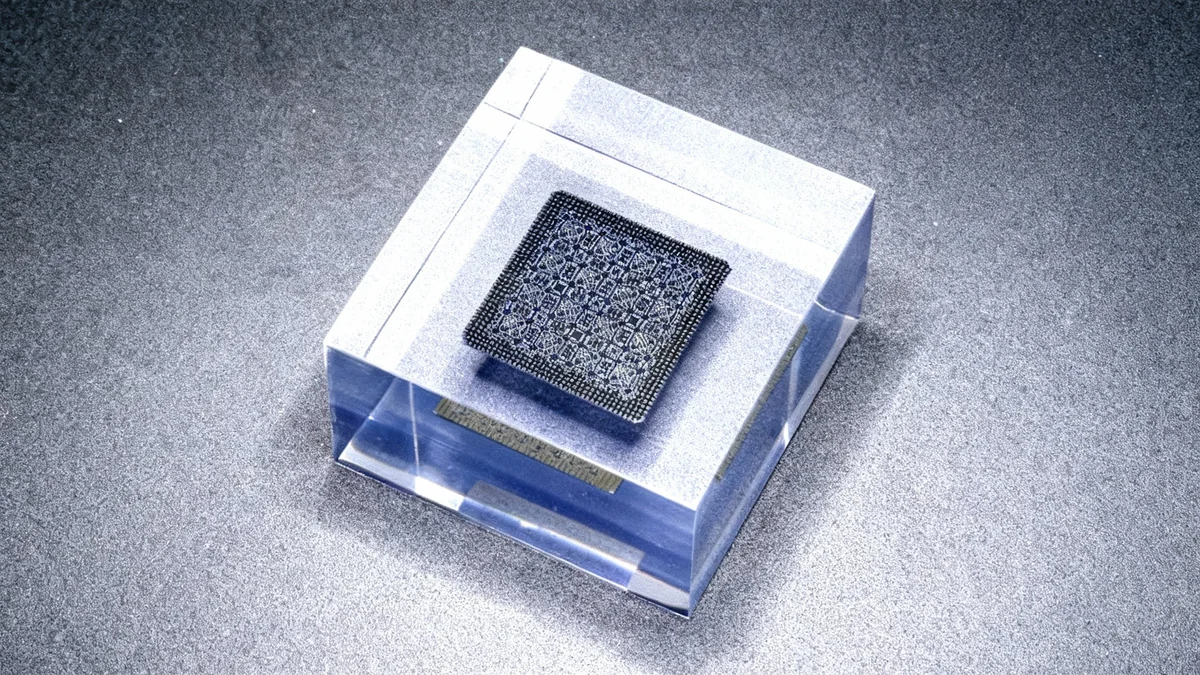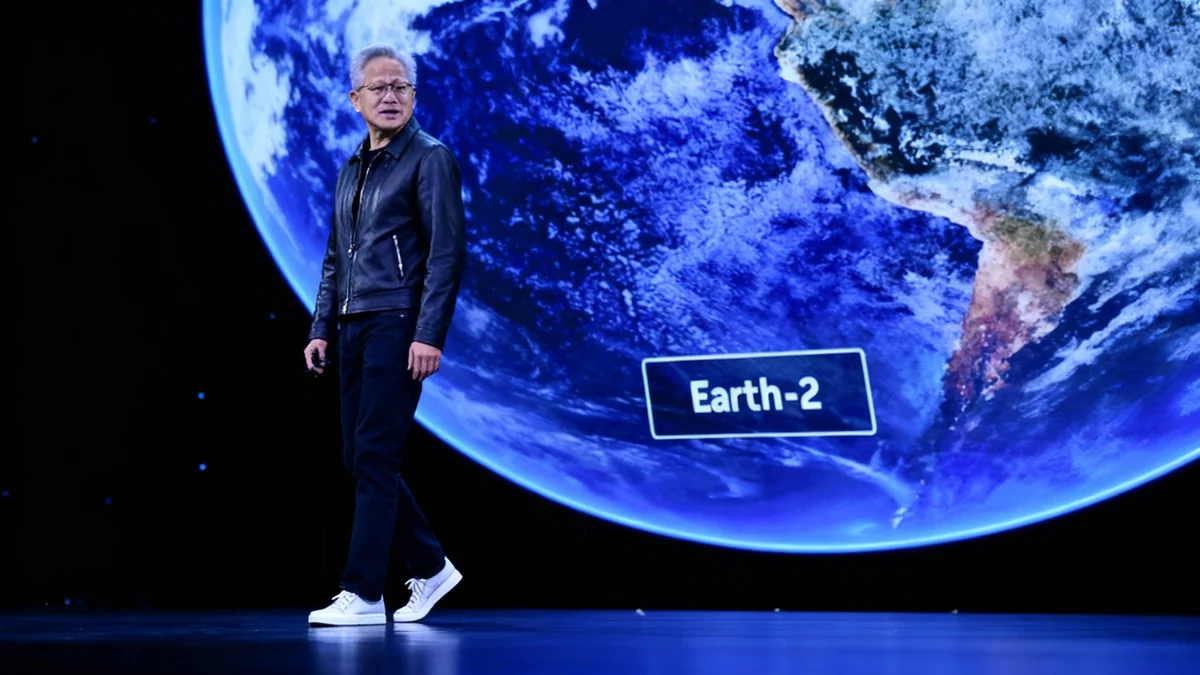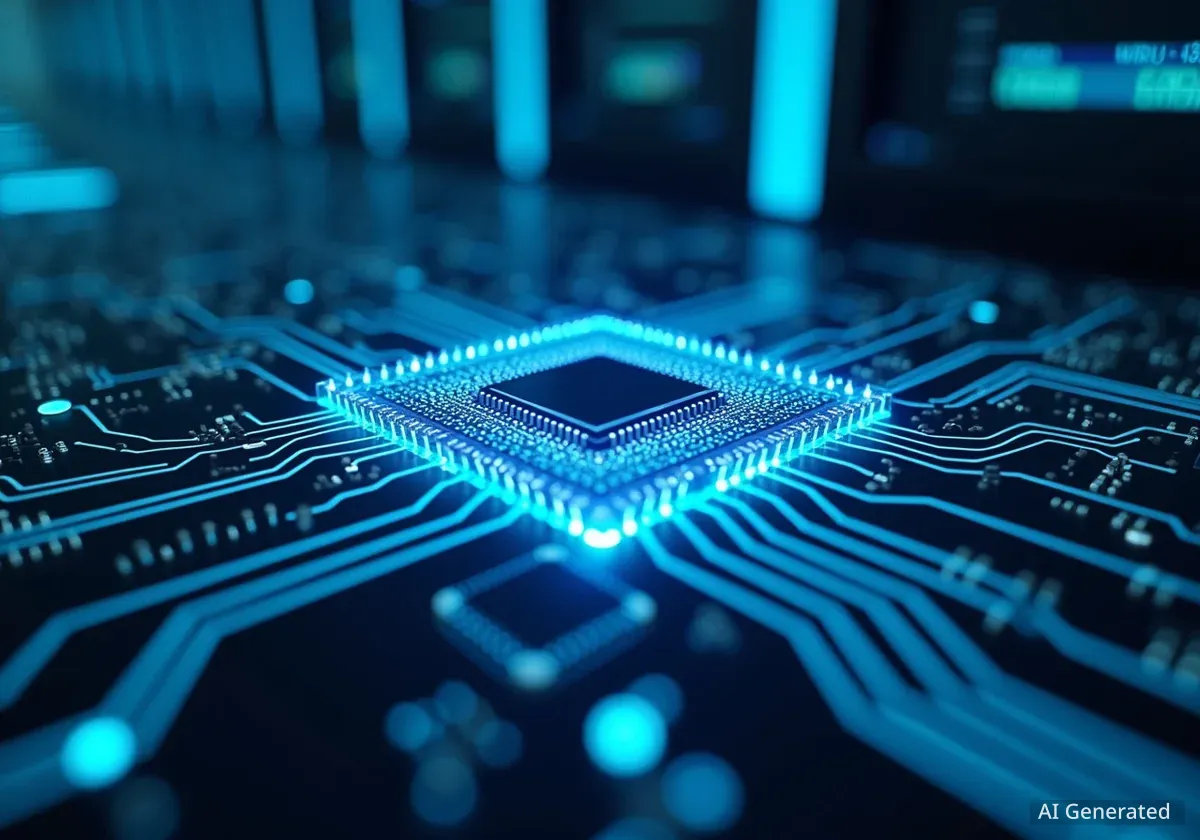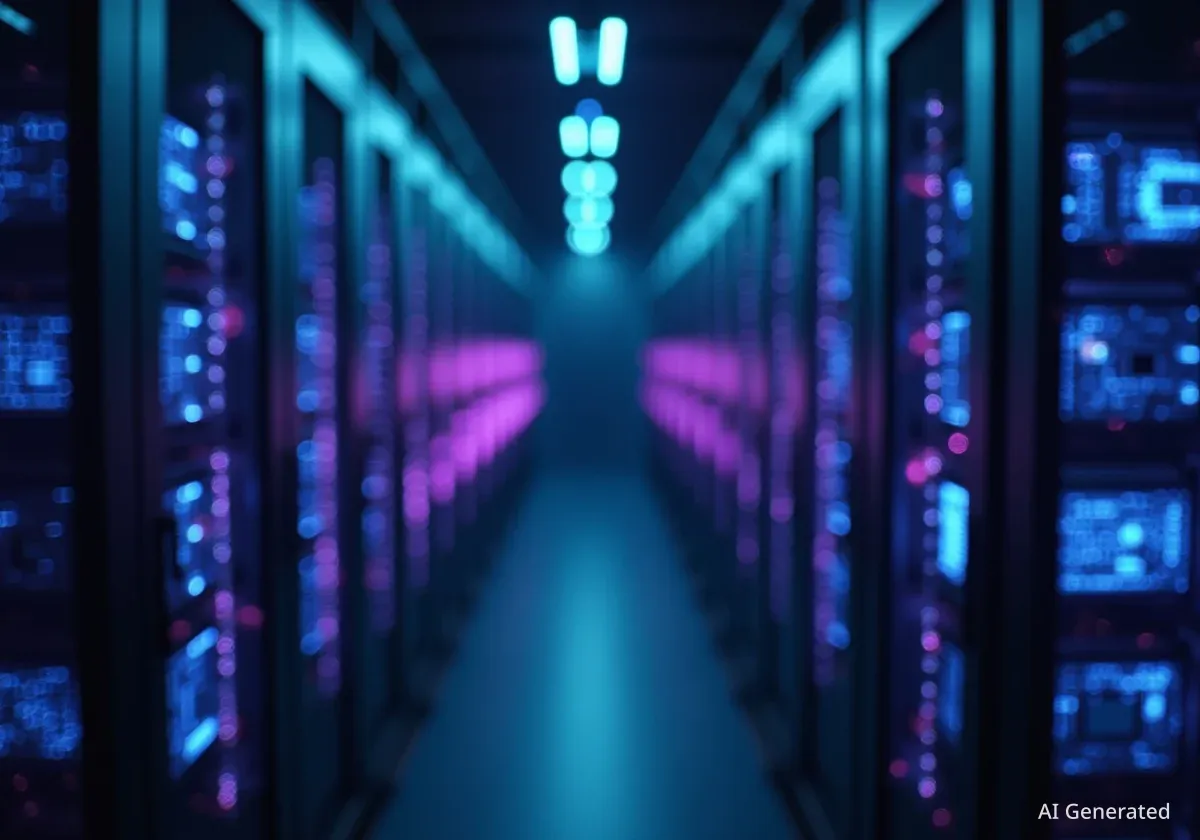Google has announced a major breakthrough in quantum computing, developing an algorithm that successfully performed a task beyond the capabilities of even the most powerful conventional supercomputers. This achievement marks a significant step forward, demonstrating the potential of quantum technology for complex computations.
Key Takeaways
- Google's quantum algorithm computed a molecule's structure, a task too complex for classical supercomputers.
- The algorithm operates 13,000 times faster than a classical computer for this specific problem.
- This demonstrates 'quantum advantage,' proving quantum computers can solve problems classical ones cannot.
- Real-world applications are still estimated to be five years away.
- Qubits, unlike classical bits, can exist in multiple states simultaneously, enabling vastly more complex calculations.
Quantum Advantage Achieved
The core of this breakthrough lies in what experts call 'quantum advantage.' This term describes a situation where a quantum computer performs a task that a classical computer cannot achieve, or would take an impractically long time to complete. Google's recent work falls squarely into this category.
The specific task involved computing the structure of a molecule. Such computations are crucial for advancements in medicine, materials science, and various other scientific fields. The complexity of molecular interactions often overwhelms classical computing power, even with vast supercomputer resources.
Quantum Speed
The new Google algorithm operates 13,000 times faster than a classical computer when performing the specific molecular structure computation it was designed for.
Michel Devoret, chief scientist at Google's quantum AI unit and a Nobel laureate in physics, emphasized the importance of this milestone. He stated that this marks a new step towards full-scale quantum computation, highlighting the ongoing progress in the field.
The Science Behind Qubits
To understand this achievement, it is important to grasp the fundamental difference between classical and quantum computing. Classical computers use bits, which represent information as either a 0 or a 1. These bits are transmitted as electrical pulses, forming the basis of all digital data, from text messages to streaming videos.
Quantum computers, however, use qubits. These are particles like electrons or photons that possess a property known as superposition. This means a qubit can exist in multiple states simultaneously, not just 0 or 1. A single qubit can encode various combinations of 1s and 0s at the same time.
"This is the first time in history that any quantum computer has successfully run a verifiable algorithm that surpasses the ability of supercomputers," Google stated in a blogpost. "This repeatable, beyond-classical computation is the basis for scalable verification, bringing quantum computers closer to becoming tools for practical applications."
This unique ability allows quantum computers to process vast numbers of different outcomes concurrently. This parallel processing capability is what gives them their immense power for specific types of problems that are intractable for classical machines. However, qubits are highly sensitive and require extremely controlled environments, free from electromagnetic interference, to maintain their quantum states.
What is a Qubit?
A qubit is the basic unit of information in a quantum computer. Unlike a classical bit, which can only be in a state of 0 or 1, a qubit can be in a superposition of both 0 and 1 simultaneously. This property allows quantum computers to perform complex calculations much faster than classical computers for certain tasks.
Challenges and Future Outlook
While impressive, experts note that the real-world application of quantum computers for widespread use is still some years away. Winfried Hensinger, a professor of quantum technologies at the University of Sussex, acknowledged the significance of Google's demonstration but also provided a cautious perspective.
He explained that the task Google achieved, while demonstrating quantum advantage, focuses on a narrow scientific problem. The results for two molecules were cross-checked using nuclear magnetic resonance (NMR), the same technology behind MRI scans, revealing information not typically accessible by NMR alone.
The Path to Fault-Tolerant Machines
Fully fault-tolerant quantum computers, capable of tackling a broad range of complex challenges, will require machines with hundreds of thousands, or even millions, of qubits. Current quantum hardware faces significant challenges in achieving this scale because qubits are inherently volatile and difficult to maintain in their quantum states.
Many of the most exciting potential applications of quantum computing will depend on these larger, more stable systems. The hardware used in the Google experiment, for instance, requires cooling to extremely low temperatures, adding to the complexity of scaling up.
Qubit Requirements
While current quantum chips feature dozens of qubits (Google's uses 64), truly powerful, general-purpose quantum computers will require millions or even billions of stable qubits.
Hartmut Neven, a vice-president of engineering at Google, remains optimistic. He believes that within five years, we will see real-world applications that are only possible on quantum computers. Google refers to its breakthrough algorithm as 'quantum echoes,' signaling further advancements.
Impact on AI and Cybersecurity
Google anticipates that quantum computers will generate unique data that can enhance artificial intelligence models, making them more powerful and capable. This synergy between quantum computing and AI could unlock new frontiers in machine learning and data analysis.
The rapid progress in quantum computing has also raised concerns within the cybersecurity community. Experts warn that sufficiently powerful quantum computers could potentially crack high-level encryption methods currently used to secure sensitive data. This has led to calls for governments and companies to develop and adopt 'quantum-proof' cryptography to safeguard future digital security.
The development of quantum computing continues to be a race for innovation, promising transformative changes across science, technology, and industry, even as practical widespread application remains a goal for the near future.





